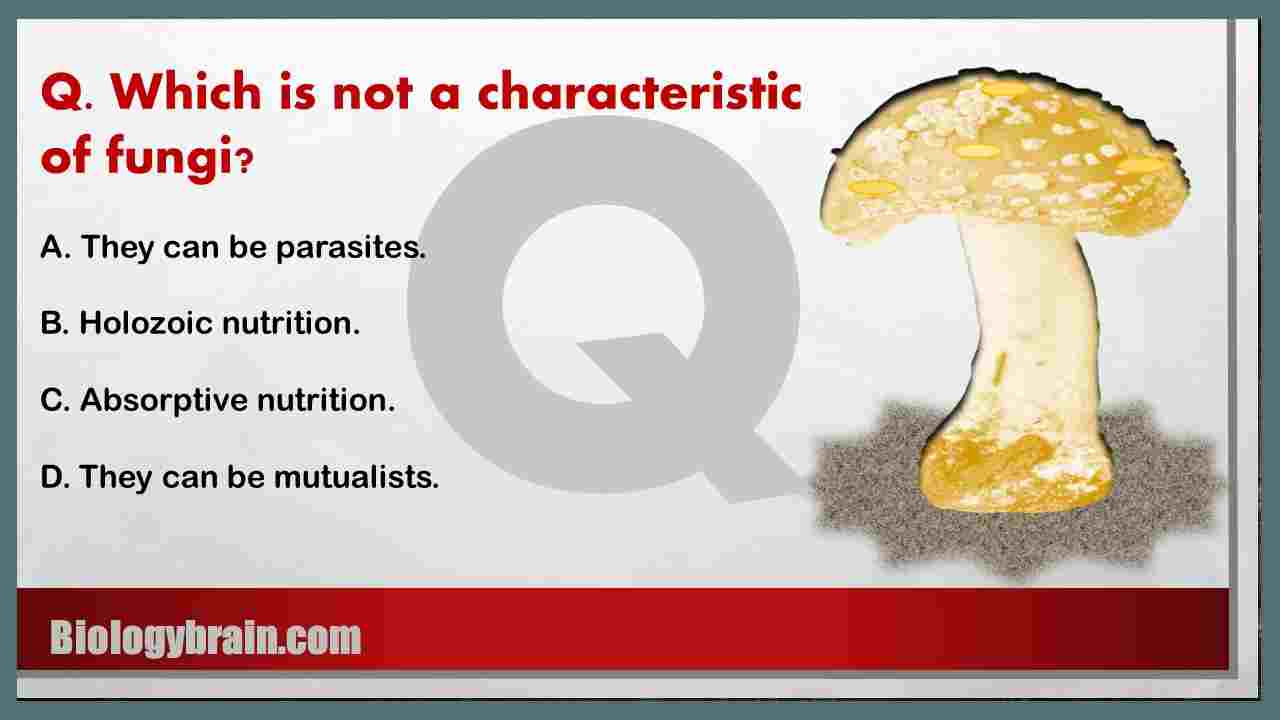Viruses and bacteria are microscopic agents, they can cause various diseases. The virus exhibits host-dependent reproduction (requires a living host). While bacteria can grow anywhere on the earth without any host.

Difference between virus and bacteria (Virus vs Bacteria)
| S.NO | Characteristics/ Features | Virus | Bacterium |
| 1 | Examples | Bacteriophage, HIV, Hepatitis A virus, Rhino Virus, etc. | Clostridium tetani, Acinetobacter baumannii, Klebsiella pneumoniae, Pseudomonas aeruginosa, etc. |
| 2 | Living/Non-Living | It lies between living and non-living things. | A true living organism. |
| 3 | Size | Smaller in size ranging from 20-400 nm. | Larger in size, around 1000 nm. |
| 4 | Number of cells | The virus is not a cell, hence, considered as a particle and its genetic material is enclosed by a protein coat. | The bacterium is a unicellular organism that contains a cytoplasm but not cellular organelles like a eukaryotic cell. |
| 5 | Cell Wall | The cell wall is absent. Instead, a Protein coat protects its genetic material. | The well-organized cell wall is present (composite of Peptidoglycan and Lipopolysaccharide). |
| 6 | Cellular Machinery | Lacks cellular machinery. | Contains cellular machinery. |
| 7 | Energy production | The virus cannot produce any energy molecule. | Bacteria can produce ATP as an energy molecule. |
| 8 | Ribosomes | Absent. | Present 70S Ribosomes. (Made of the 50S and 30S subunits). |
| 9 | Microscopic study | We can study only under Electron Microscope (EM). | We can study under Light Microscope and EM. |
| 10 | Genetic material | The genetic material of the virus is either DNA or RNA. | Bacterial genetic material is only DNA but not RNA, however, RNA act as a messenger molecule for DNA. |
| 11 | DNA and RNA | DNA or RNA is enclosed inside the protein coat. | DNA and RNA are freely floating in the cytoplasm. |
| 12 | Reproduce | Requires living host or cell to reproduce. | The bacterium can reproduce itself. |
| 13 | Reproduction | Enters the host cell and takes over the cell functionality to replicate viral DNA/RNA copies. Destroys the host cell releasing new viruses. | Fission- a form of asexual reproduction. |
| 14 | Type of Infection | Affects the entire body (Systemic) ex:- Flu. | Bacteria generally show localized infection, however, sometimes, localized invasive infection will result in further systemic manifestations such as sepsis. |
| 15 | Durability of illness | Most viral symptoms last 2 to 10 days. | A bacterial symptom commonly will last longer than 10 to 20 days. |
| 16 | Fever | A viral infection may or may not cause a fever. | A bacterial illness significantly causes a fever. |
| 17 | Benefits | Viruses are not directly useful, however, some viruses can be used in genetic engineering to transfer the gene and used in the treatment of brain cancer to kill inhibit cell growth. | Some bacteria are directly beneficial to eukaryotes (Normal Flora) and indirectly benefit food production (food and beverage industry). |
| 18 | Diseases/Infections | Rubella, Measles, AIDS, Chickenpox, Chikungunya, Common cold, influenza, etc. | Tetanus, Botulism, and Ulcers, Lyme disease, Leprosy, Tuberculosis, Typhoid fever, Cholera, plague, Diphtheria, Meningitis, Pneumonia, etc. |
| 19 | Treatment | Antibodies cannot inhibit viral infection. However, treatment with interferons may give the best result. | Antibiotics are major drugs to kill bacteria. Different chemical compounds (organic and inorganic) also can inhibit the growth of these organisms. |
Important points
- The regular use of the same antibiotics provides bacteria to get drug resistance.
- The viral particles are very small compared to bacteria and need living cells — such as human cells, plants, or animal cells to reproduce. Otherwise, they can’t persist.
- Both bacteria and virus can cause their distinct diseases. However, in some cases, it may be hard to conclude whether a bacterium or a virus is causing the symptoms. For instant diarrhea, pneumonia, and meningitis can be caused by either viruses or bacteria.
- The large difference between viruses and bacteria is viruses can only grow and replicate inside of the living cell – such as the cell of bacteria, plants, or animals, while bacteria can grow on non-living surfaces such as normal agar media.
- The bacterium is an intercellular organism (they live in between cells); whereas viruses are intracellular organisms, they must enter the cell, otherwise, they will not survive.
- Viral infection is sometimes related to cause cancer and there is evidence that bacteria may be directly carcinogenic.
- Interferon is a protein molecule that can inhibit the replication of viruses.
- Interferon medication is used to treat virus infections (e.g., chronic hepatitis B, chronic hepatitis C, and Condylomata acuminata). In some cases, interferon is also used to treat several cancers (e.g., leukemia, melanoma, AIDS-related Kaposi’s sarcoma).
Data source
- Nasir A, Sun FJ, Kim KM, Caetano-Anollés G Untangling the origin of viruses and their impact on cellular evolution.Ann N Y Acad Sci. 2015 Apr;1341:61-74. doi: 10.1111/nyas.12735. Epub 2015 Mar 10.
- Chapter 41Structure and Classification of Viruses. Hans R. Gelderblom.
- Hong C, Oksanen HM, Liu X, Jakana J, Bamford DH, Chiu W. A structural model of the genome packaging process in a membrane-containing double-stranded DNA virus. PLoS Biol. 2014 Dec 16;12(12):e1002024. doi: 10.1371/journal. pbio.1002024. eCollection 2014 Dec.
- Bamford JK, Bamford DH, Li T, Thomas GJ Jr. Structural studies of the enveloped dsRNA bacteriophage phi 6 of Pseudomonas syringae by Raman spectroscopy. II. Nucleocapsid structure and thermostability of the virion, nucleocapsid, and polymerase complex. J Mol Biol. 1993 Mar 20;230(2):473-82.
- Milton R.J. Salton and Kwang-Shin Kim. Chapter 2Structure. Medical Microbiology. 4th edition.
- Thomas J. Silhavy, Daniel Kahne, and Suzanne Walker. The Bacterial Cell Envelope. Cold Spring Harb Perspect Biol. 2010 May; 2(5): a000414. doi: [10.1101/cshperspect.a000414].










